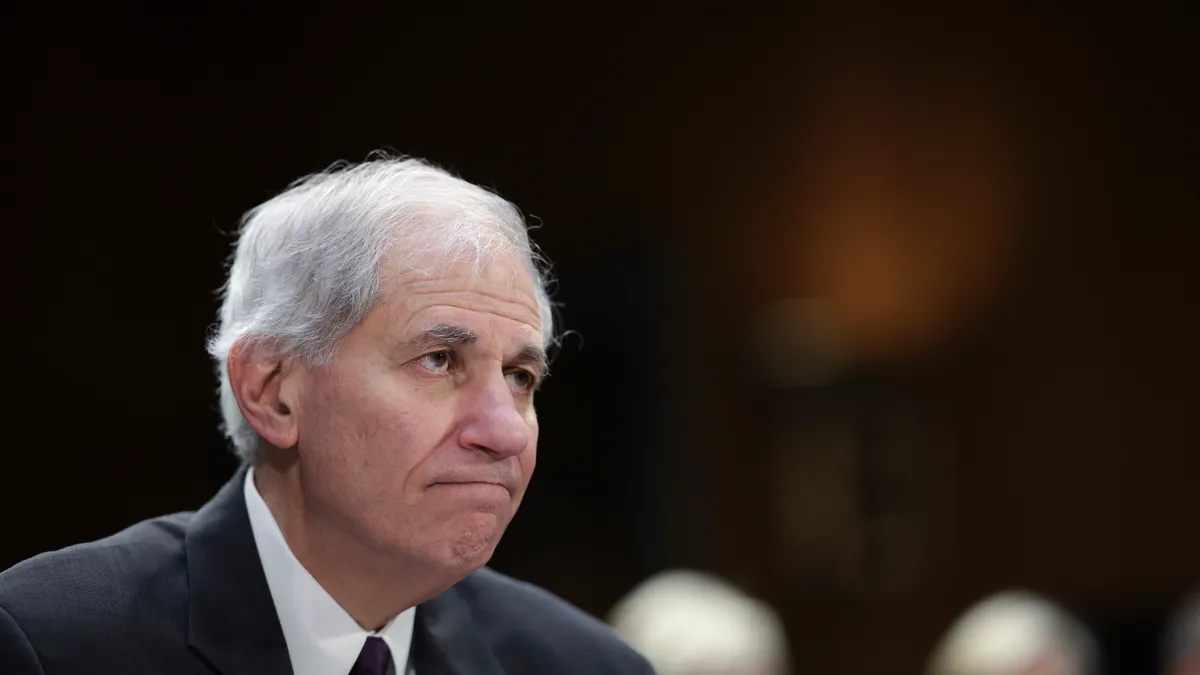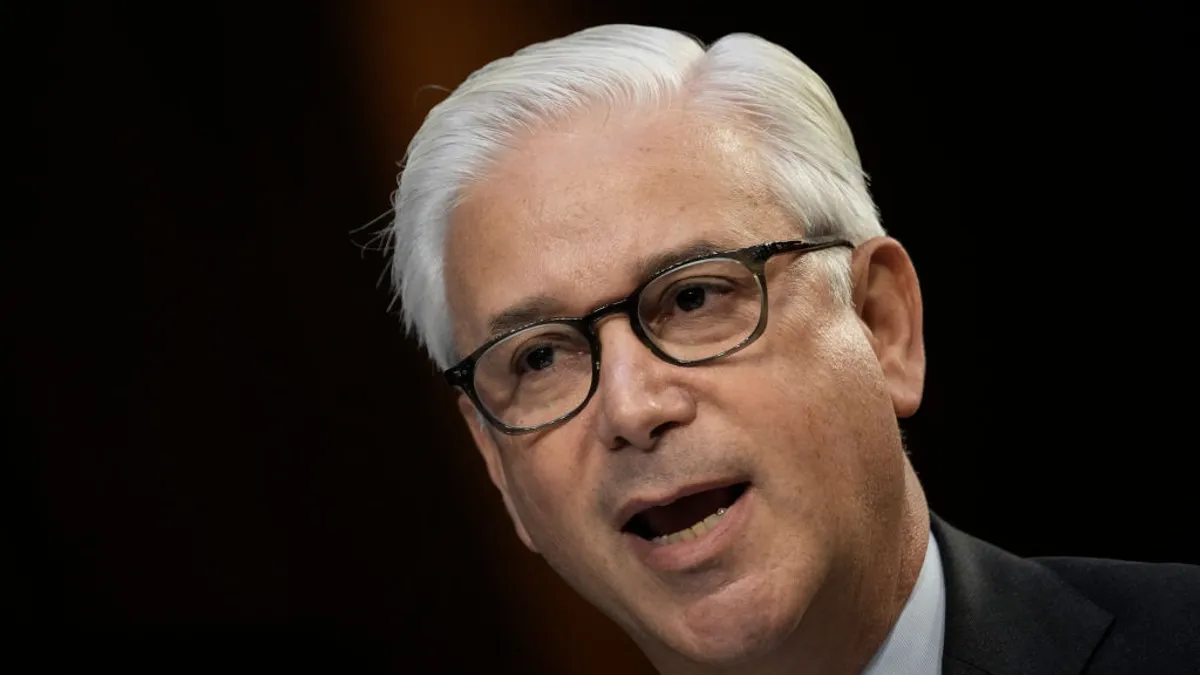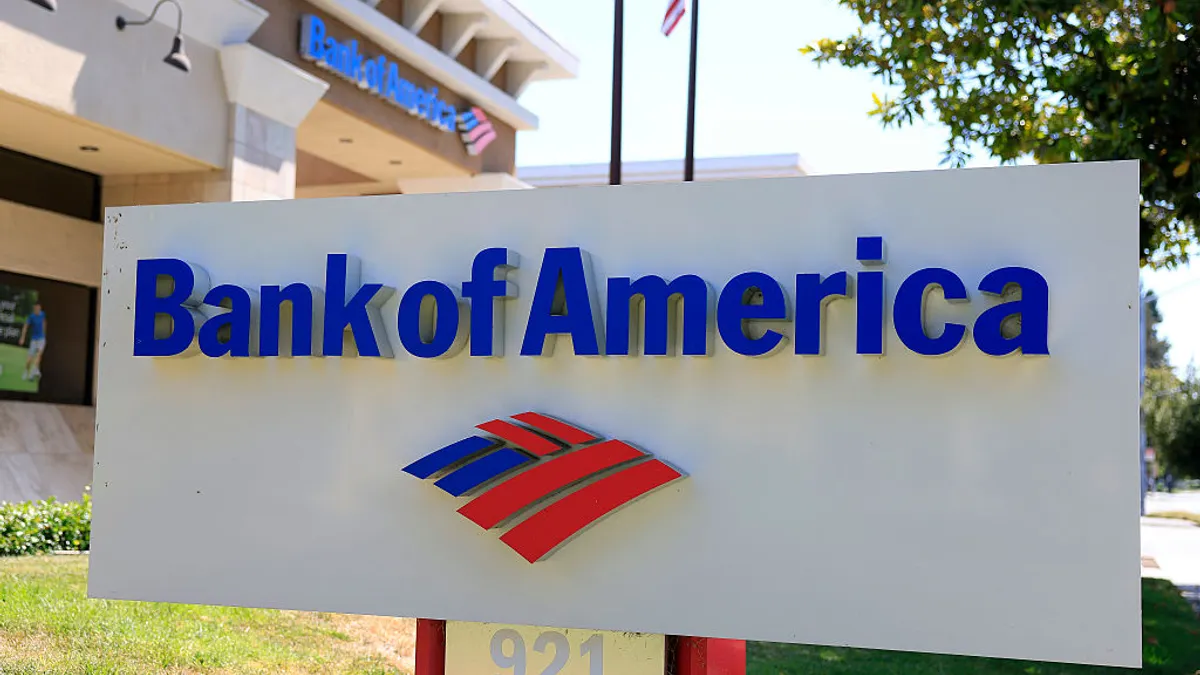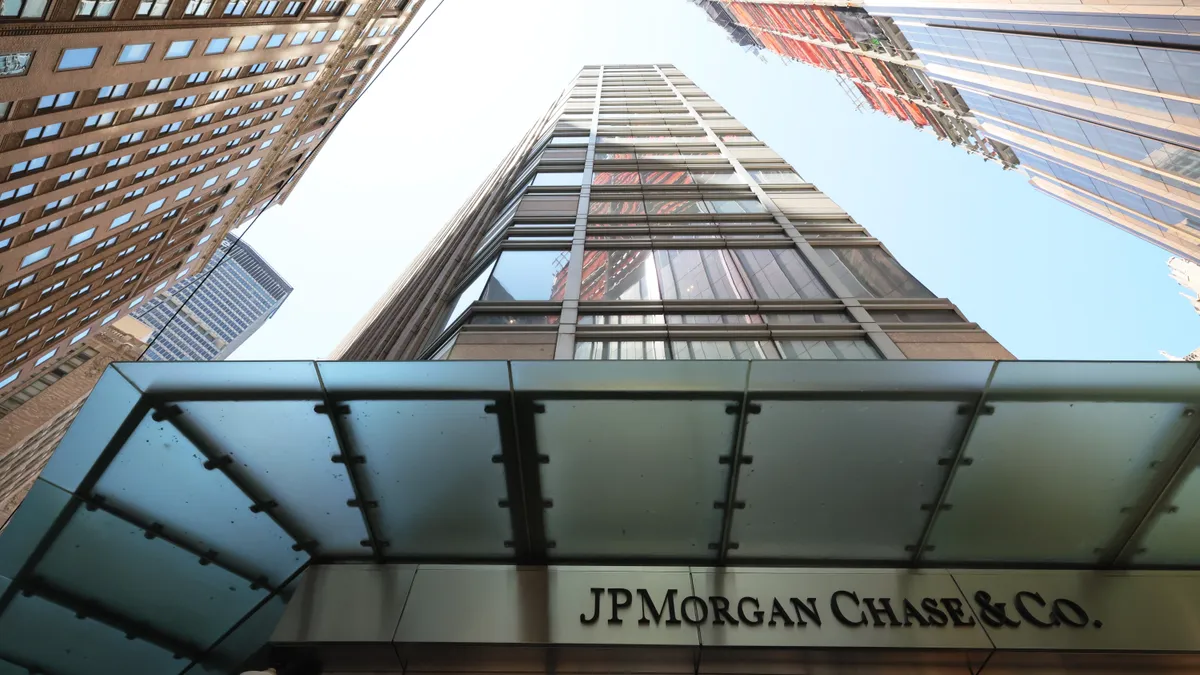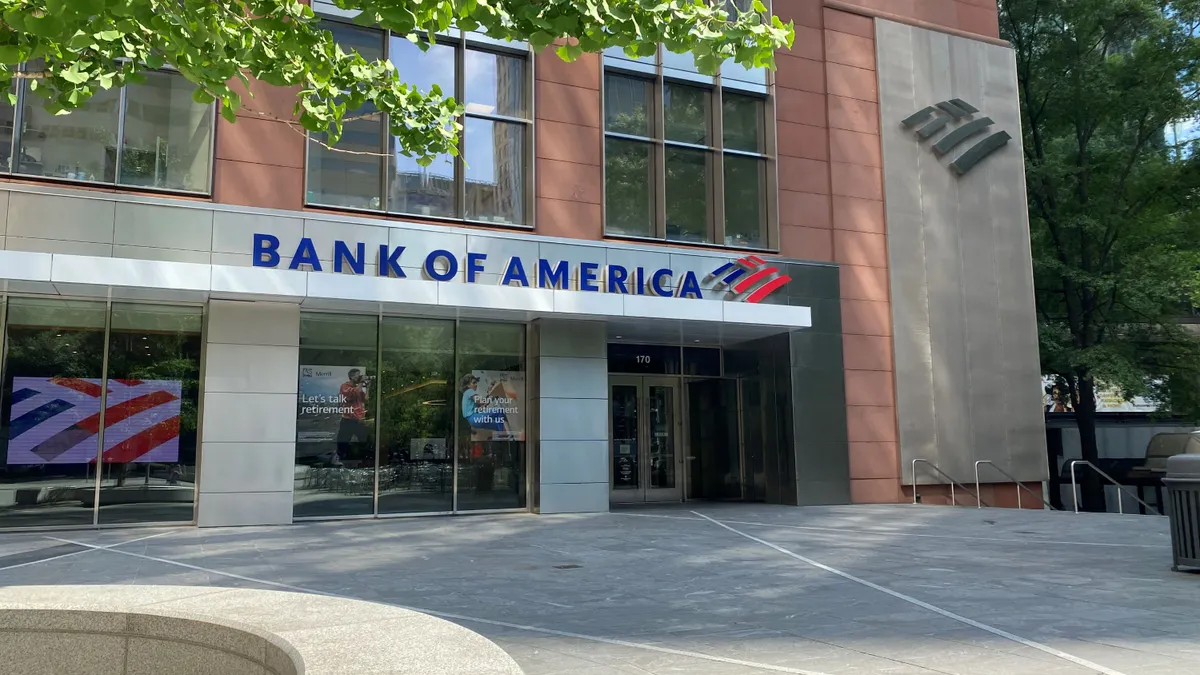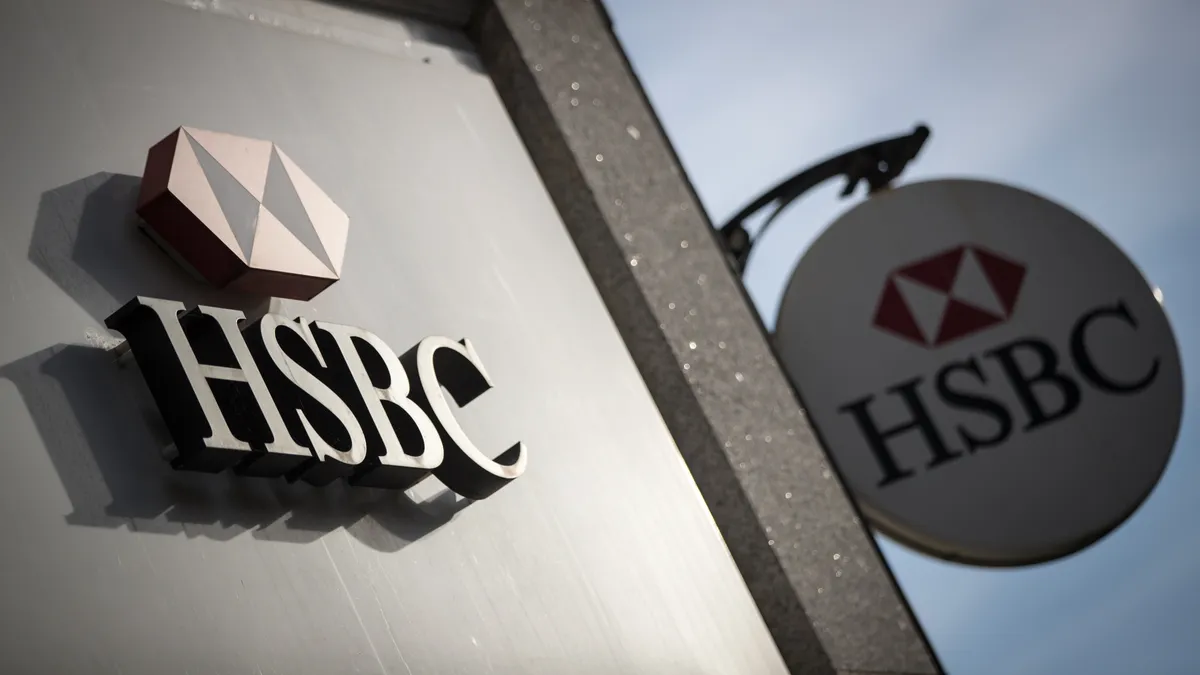The Federal Deposit Insurance Corp. is unlikely to modify the deposit insurance since it requires congressional approval and lawmakers are showing diminishing interest on the matter, the agency’s chair, Martin Gruenberg, said Thursday.
While speaking at the International Association of Deposit Insurers 2023 Annual Conference, Gruenberg highlighted the report on Options for Deposit Insurance Reform that the FDIC issued aimed to avoid problems similar to this year’s bank failures.
The report recommends three paths forward.
The report analyzed trends in U.S. bank deposits and evaluated some potential reforms to the deposit insurance system. Deposit insurance aims to prevent bank runs and protect small depositors, Gruenberg said. Currently, over 99% of accounts are under the $250,000 coverage limit. But deposit insurance can spur moral hazard and excessive risk-taking by banks — regulatory tools like capital requirements can help to address this issue.
“However, the report highlights that the effectiveness of deposit insurance depends on how it interacts with other aspects of the banking regulatory system,” Gruenberg said during his speech. “Regulation and supervision play an important role in supporting the financial stability objective of deposit insurance and limiting risk-taking that may result from moral hazard.”
The report weighed three reform options, including raising coverage limits to offer individual protection, which may not curb systemic risks, as uninsured deposits are concentrated among only 1% of depositors.
The second path would be to provide unlimited coverage, which would fully protect all deposits and effectively eliminate bank runs since government-backed insurance put off withdrawals. However, unlimited coverage would worsen moral hazard issues since it removes depositor discipline, have unintended impacts on the broader financial markets and increases insurance fund costs to the banking industry dramatically without coverage limits.
The third option is targeted deposit insurance coverage with higher coverage limits for business payment accounts. This would aim to mitigate moral hazard risks since business account holders are less likely to make risk-return tradeoff decisions with their operational deposits compared to individual savers. Targeted coverage would also bolster financial stability since the inability to access these accounts can ripple through the economy by preventing payroll and payments. But higher deposit insurance coverage would prevent these impacts. Implementation challenges around verifying account uses would need to be addressed, though, he noted.
Any change to deposit insurance coverage would require passing legislation authorizing such reforms.
“While there was considerable interest in the immediate aftermath of the bank failures earlier this year, that has dissipated with time. At this point, there does not seem to be any imminent likelihood of changes to deposit insurance coverage in the U.S.,” Gruenberg said.
The failure of Silicon Valley Bank in March was due to a substantial loss on SVB’s sale of securities, and the subsequent drop in the bank’s share price led to a drop in depositor confidence and started a bank run. After SVB failed, the FDIC took control by establishing a temporary bridge bank to facilitate smooth resolutions. The FDIC announced that insured depositors would have full access to their funds the following Monday, while the uninsured depositors would receive a substantial dividend payment soon after, providing partial fund access. However, some uninsured deposits were held back in receivership to cover potential FDIC insurance fund losses from SVB’s failure.
When SVB’s uninsured depositors faced losses, it sparked depositor runs at other regional banks, especially Signature Bank in New York. The SVB failure contagiously eroded confidence since depositors felt they, too, would face losses if their banks failed. Signature Bank had over 90% of uninsured deposits.
The FDIC then established two bridge banks and started looking for buyers for the two failed banks.
Flagstar Bank, a subsidiary of New York Community Bank, stepped in and ultimately acquired the failed SVB bank a week after it was placed in receivership. While North Carolina-based First Citizens Bank purchased SVB’s loans and deposits within two weeks after it was put up for sale.
“Although the FDIC was authorized to proceed under the systemic risk exception in these cases, it is important to recognize that both institutions were allowed to fail. Shareholders lost their investment. Unsecured creditors took losses. The boards and the most senior executives were removed. The FDIC is conducting investigations, as it is legally required to do, to hold directors, officers, and executives accountable for losses and misconduct,” Gruenberg said.
Regulators have already proposed a requirement for banks holding over $100 billion in assets to issue additional long-term debt, stating this measure would assist regional banks in safely resolving operations if a bank were to fail.


